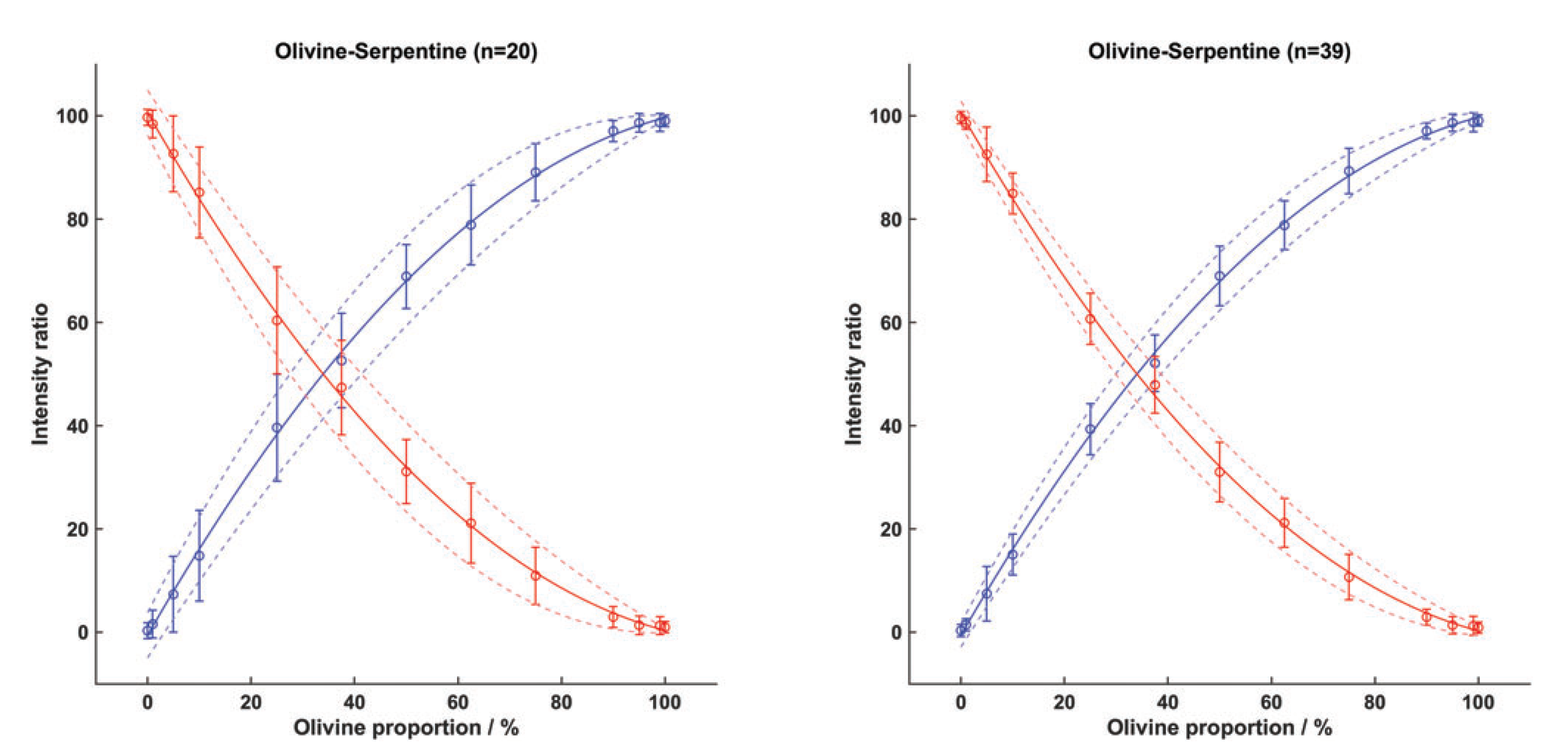We evaluated the effectiveness of the ExoMars Raman laser spectrometer (RLS) to determine the degree of serpentinization of olivine-rich units on Mars. We selected terrestrial analogs of martian ultramafic rocks from the Leka Ophiolite Complex (LOC) and analyzed them with both laboratory and flight-like analytical instruments. We first studied the mineralogical composition of the samples […]
Categoría: Publications
SuperCam is a highly integrated remote-sensing instrumental suite for NASA’s Mars 2020 mission. It consists of a co-aligned combination of Laser-Induced Breakdown Spectroscopy (LIBS), Time-Resolved Raman and Luminescence (TRR/L), Visible and Infrared Spectroscopy (VISIR), together with sound recording (MIC) and high-magnification imaging techniques (RMI). They provide information on the mineralogy, geochemistry andmineral context around the
SuperCam Calibration Targets: Design and DevelopmentLeer más »
Marco VenerandaJesús SáizAurelio Sanz‐ArranzJose Antonio ManriqueGuillermo Lopez‐ReyesJesús MedinaHenning DypvikStephanie C. WernerFernando Rull The multianalytical study of terrestrial analogues is a useful strategy to deepen the knowledge about the geological and environmental evolution of Mars and other extraterrestrial bodies. In spite of the increasing importance that laser‐induced breakdown spectroscopy (LIBS), near‐infrared spectroscopy (NIR), and Raman techniques
Planetary Terrestrial Analogues Library (PTAL) project: Raman data overviewLeer más »
Jose A. Manrique‐MartinezGuillermo Lopez‐ReyesAndres Alvarez‐PerezThomas BozicMarco VenerandaAurelio Sanz‐ArranzJesus SaizJesus Medina‐GarciaFernando Rull‐Perez Raman and laser‐induced breakdown spectroscopy (LIBS) spectroscopies will play an important role in planetary exploration missions in the following years, not only with Raman instruments like Raman laser spectrometer on board of Rosalid Franklin Rover or scanning habitable environments with Raman and luminescence for
Aurelio Sanz‐Arranz, Jose A. Manrique‐Martinez, Jesus Medina‐Garcia, Fernando Rull‐Perez In this paper, our research group proposes a simple solution to a usual problem that appears in the Raman analysis of some substances, which is the presence of weak Raman signals, probably in combination with a high‐intensity luminescence background, affected by the presence of distortions in
Amorphous zinc borate as a simple standard for baseline correction in Raman spectraLeer más »





